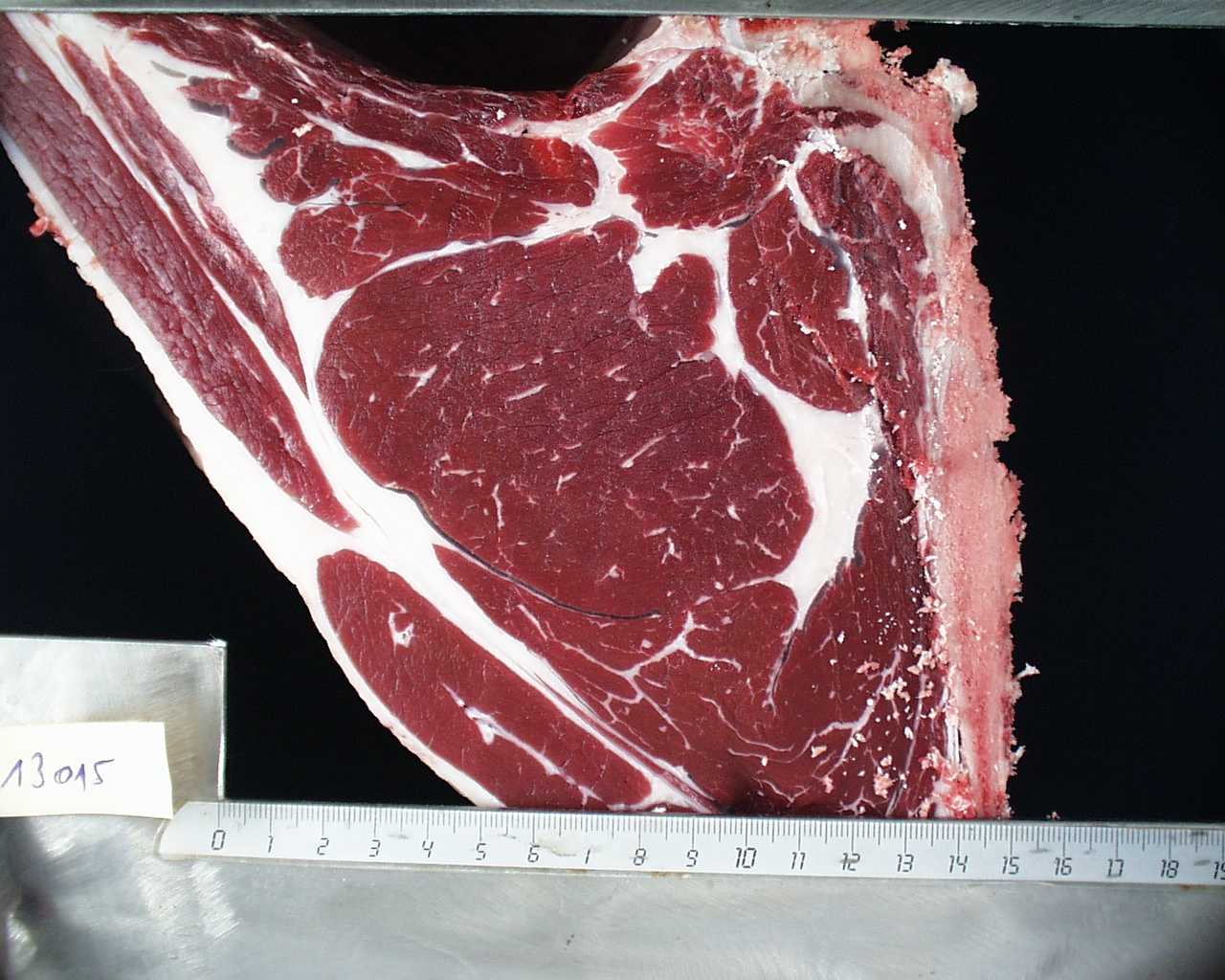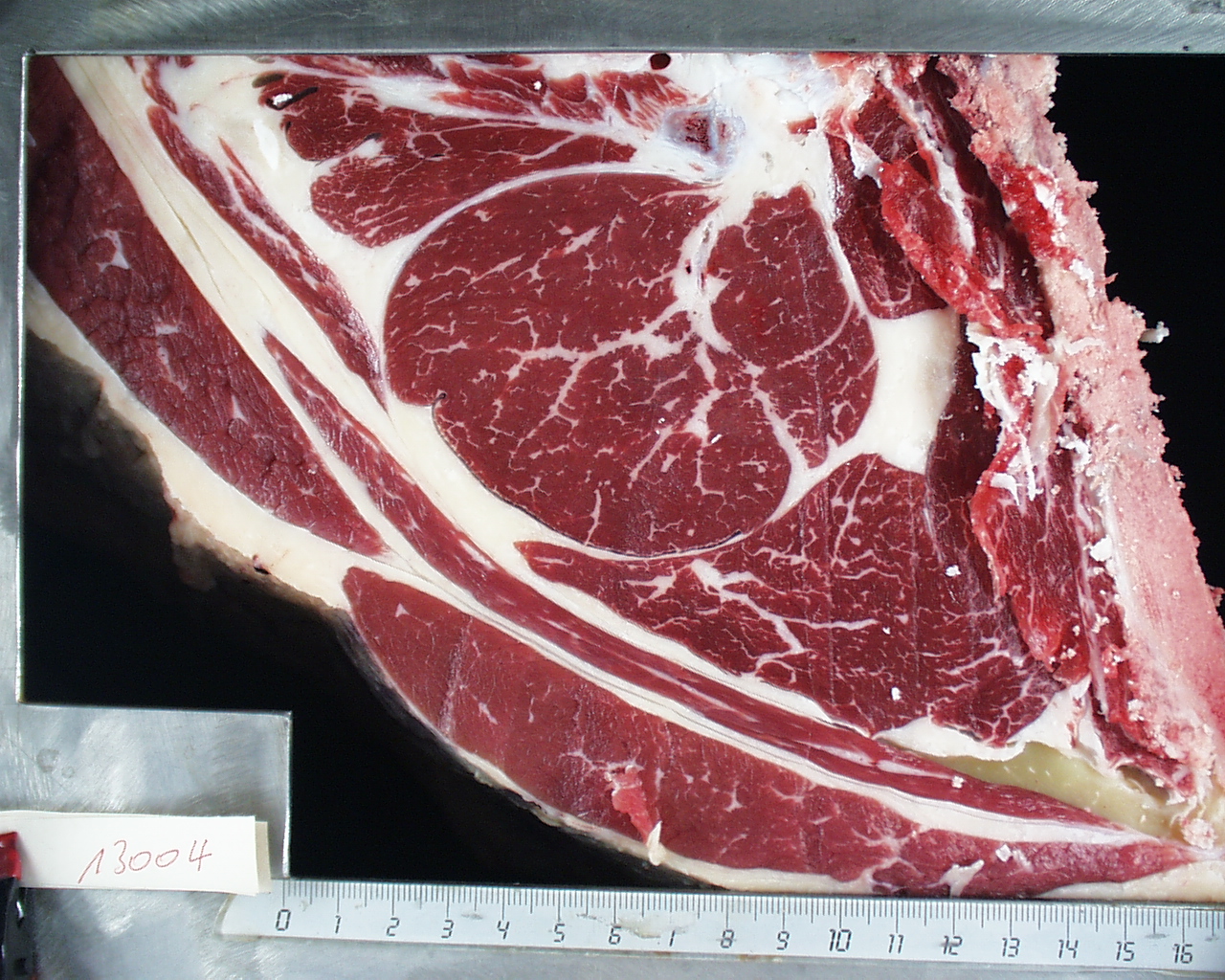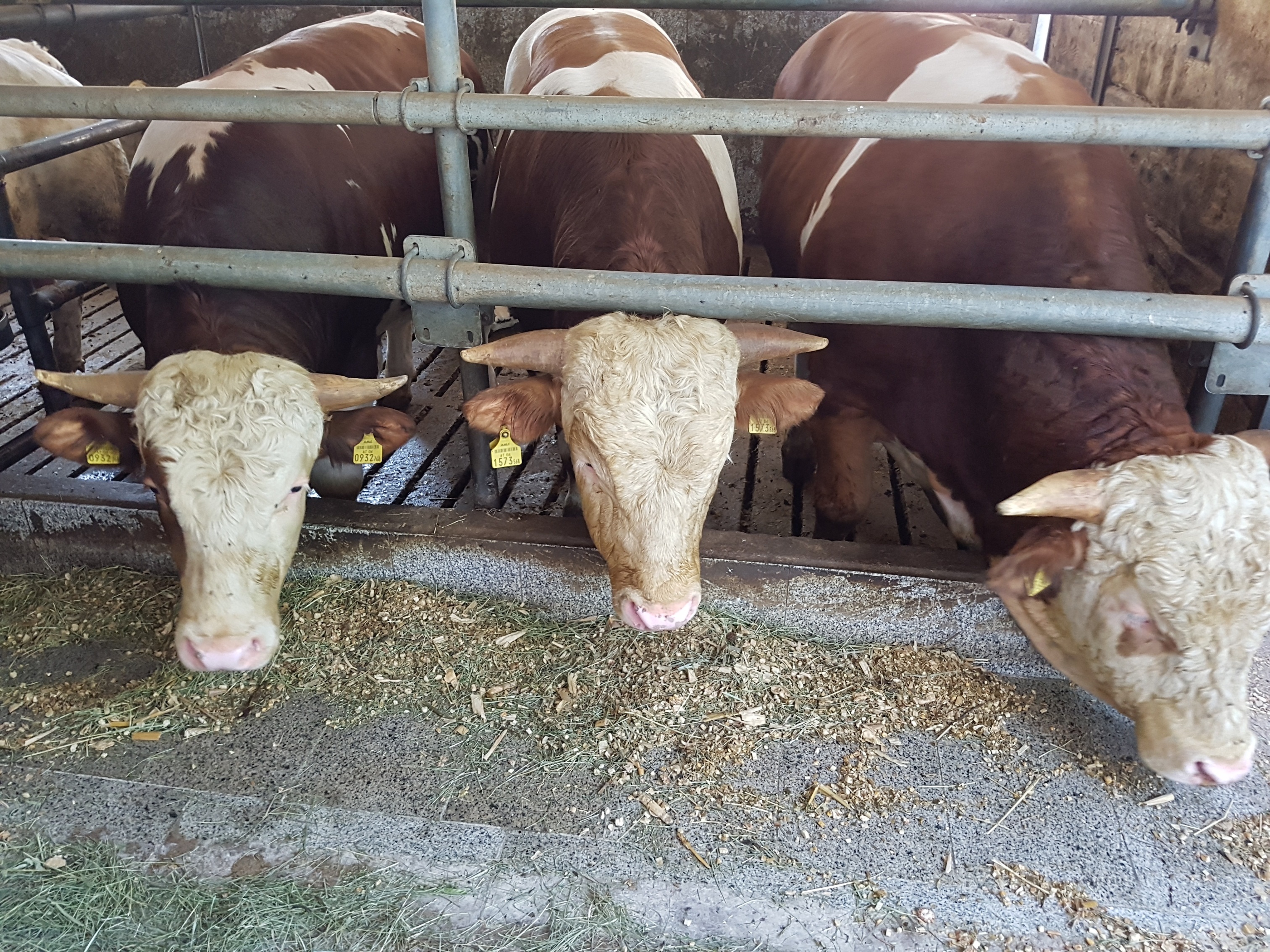A project is currently underway at the Institute for Livestock Research that uses Austrian fattening experiments to shed light on the connections between meat marbling and slaughter performance (e.g. fat class, slaughter age) as well as meat quality characteristics (e.g. tenderness, water-binding capacity, meat ingredients) in Austrian beef. Austrian beef (bull, ox, veal) has average intramuscular fat contents in roast and beef of 2 to 4%, although it is slightly higher for veal and ox than for bull. In general, intramuscular fat contents of over 5% are not/hardly achieved in fattening cattle with typical Austrian feeding and the common breeds. In young beef from suckler cows - where the animals are a maximum of 1 year old when slaughtered - the intramuscular fat content is often only around 1%. There is currently no handy, digital, inexpensive device for assessing meat marbling on the market. However, fattening work carried out at BOKU as part of our project shows that consumers can also judge the degree of marbling of beef very well using marbling photos and description tables (see Frickh et al. 2003 and Ristic 1987).










